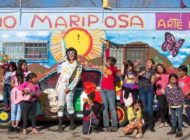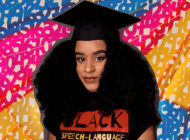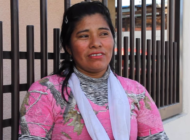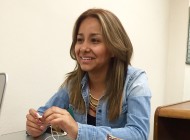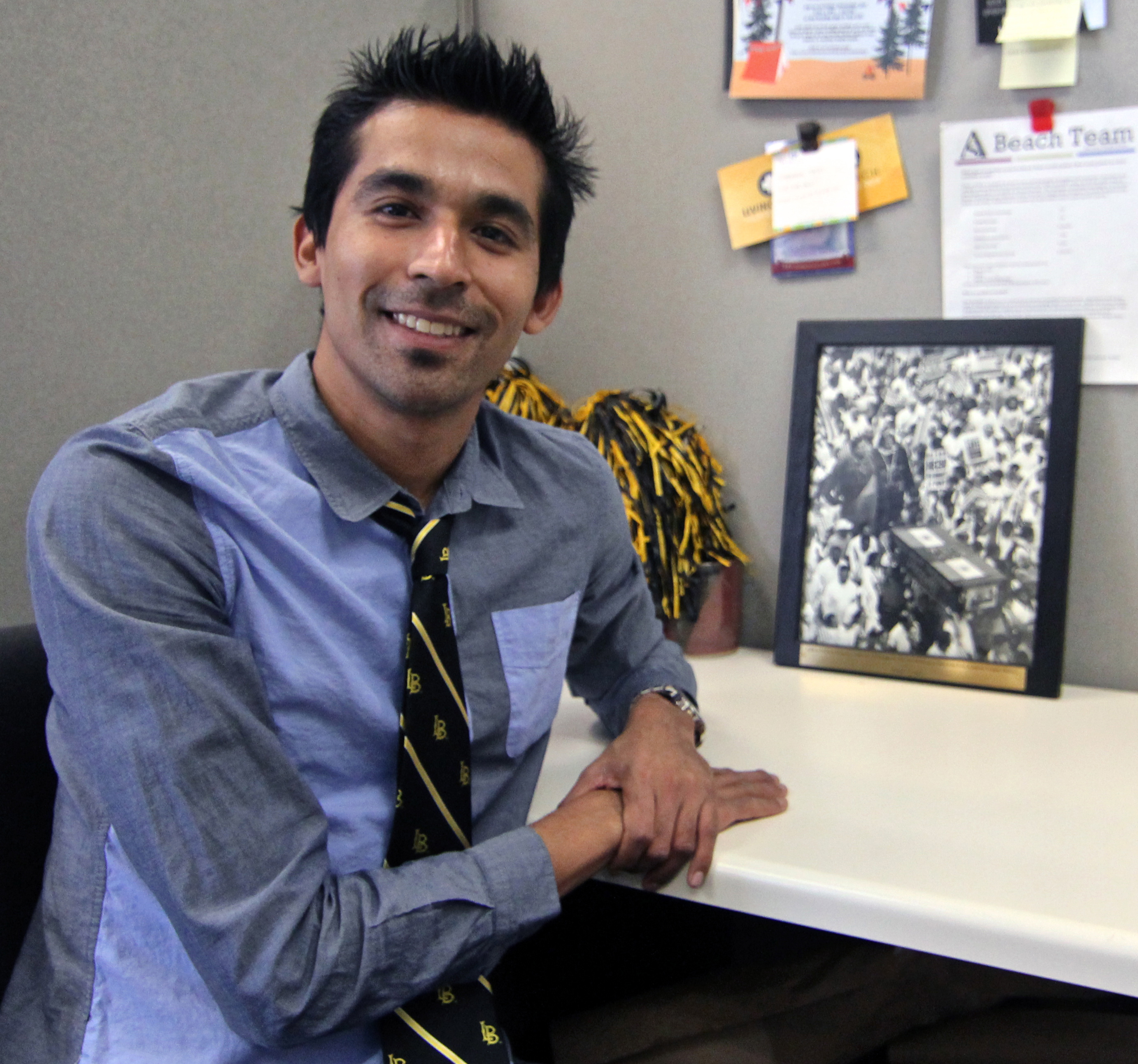“Education is not just a good thing in itself. The evidence shows that it is crucial to reducing poverty, improving general health, and enabling people to play a full part in their communities and nations.” (UNICEF)

As simple as a notebook can make a difference in the life of one child in the Dominican Republic. Photographer Marina D. Sandoval, El Nuevo Sol
By MARINA D. SANDOVAL
EL NUEVO SOL
Children through out Latin America and the Caribbean are with out proper education. They are unable to receive an education due to poverty, insufficient teachers, government and identity.
In the Dominican Republic you can see more children along the streets selling goods, singing and dancing along white sand beaches or cutting sugar cane beside their parents; then in a class room. This is the reality children face in the Dominican Republic.
Poverty plays a big role in the lack of education with Dominican children; families have difficulties affording school fees, cost of uniforms or school supplies. Some families need their children to work in order to contribute to the family income. The public investment in education is only 1.2 percent GDP according to United National Educational, Science and Cultural Organization.
In 1998 it was estimated that public investment into education would be 16 percent and by 2001 have use of 25 percent of the national budget. Salaries and operational expenses have taken up most of the educational budget, leaving little surplus for additional investment and growth. The Global Education Digest 2007 showed that there are large gaps between high-spending countries then countries with a low income level. For example in sub-Saharan Africa, the median expenditure per primary student was almost 13% of GDP per capita. Opposite of that North America and Western Europe spend about 22% which breaks it down to $8,040 to $8,670 annually per student. The United States along with Europe are considered developed countries and they make more GDP allowing them to invest more on education. As for under developed countries like the Dominican Republic they spend less on education because they receive less economically.
“The United States, which is home to just 4% of the global population aged 5-25 years, accounts for more than one-quarter of the global public education budget. It spends as much as all governments in six global regions.” according to UNESCO 2007 Digest.
Even though the Dominican Republic is a popular international tourist location it continues to struggle with low social spending compared to other Latin American countries; in poor education, health care and high levels of poverty. Due to the limited access of quality education it has further extended the marginalization of poor Dominicans.
Nonprofit organizations like Save the Children, and The Dream ProjectThe Dream Project have made it possible to not only provide quality education to Dominican children but to Haitian children as well. The Dream Project has built classrooms, schools, libraries, computer labs and modern bathrooms within the local schools. These organizations have worked hard to improve the lives of children through out the Dominican especially in the rural areas that are the least likely to receive an education due to the high level of poverty. Catherine DeLaura the executive director for The Dream Project expresses the significant impact they have had on the towns they have been able to help, not only through education but nutrition lessons and community volunteer work around the island.
“In the bateyes it is highly populated by Haitians and it’s very, very poor and too see these kids with no shoes walking into a montessori classroom and watching them manipulate the montessori materials and watching them be sort of in control of their own learning is really inspiring,” said DeLaura “A lot of the kids come in hungry, there is a very large food component at that school.”
As you walk into a classroom that is no bigger than 15×30 with 15 tables and only half of the seats are filled with students, while a few other children are outside running around barefoot in torn clothing. They offer flowers to tourist for a dollar or they are smiling with such joy because they were just handed a pencil, an eraser or a piece of paper; its only a mere glimpse of how the economy is affecting the children and their education. Even with high poverty through out the Dominican there are a few people who have nicer homes, they are a little more well off then their surrounding neighbors and they are unaware of the high tensions between Dominicans and the Haitians.
The Dominican is a country high in classes 2-3 percent of the population controls the whole entire country, there are 4-5 big family names that have come here from Spain and they have never intermarried, they are very, very light skin Dominicans. According to DeLaura these families can afford to send their children to private school while poor children and Haitian children go to public school and even then they are not guaranteed an education. Dream receives overwhelming help from foreigners and less support from the rich Dominicans. “The rich Dominicans are less interested in funding they do not have the same spirit of philanthropy like the U.S. does,” said DeLaura. The Dream Projects biggest struggle is getting Dominicans interested in investing, some show interest and think it’s a great idea but DeLaura knows it takes time.
Another issue seen among children in the classrooms are racial tensions. Even though they are classmates they tease one another, “They hear negative things from their parents and the adults in their community and they repeat these words without meaning it,” said Ani Yanachkova, literacy volunteer at Dream. In their summer camp and young stars program the staff at Dream teaches the children about both cultures, the community, they learn how to get over racism. “We try to do both the social, emotional along with academic in order to make them better community leaders and if they can read it’s even better,” said DeLaura.
For more information
Berkley Law case: Immigrant Laborers From Haiti Are Paid With Abuse in the Dominican Republic
UNICEF (In Spanish): How to bring about Greater Social Spending on Children? Arguments and Strategies
Government Aid
U.S. Agency for International Development (USAID’s main objective is that of administrating economic aid programs that achieve the improvement of the quality of life of people in developing countries).
Centro de Operaciones de Emergencias (La Defensa Civil has a priority objective to secure the countries operations and verifying the adaptations after disasters “in Spanish”).
United States Fund (The U.S. Fund for UNICEF supports UNICEF’s humanitarian relief work through fundraising, advocacy and education in the United States).
Tags: Ani Yanachkova Caribbean Catherine DeLaura children Dominican Republic Education Haiti Human Rights Latin America Loyola University Chicago Marina D. Sandoval Poverty The Dream Project UNESCO UNICEF







